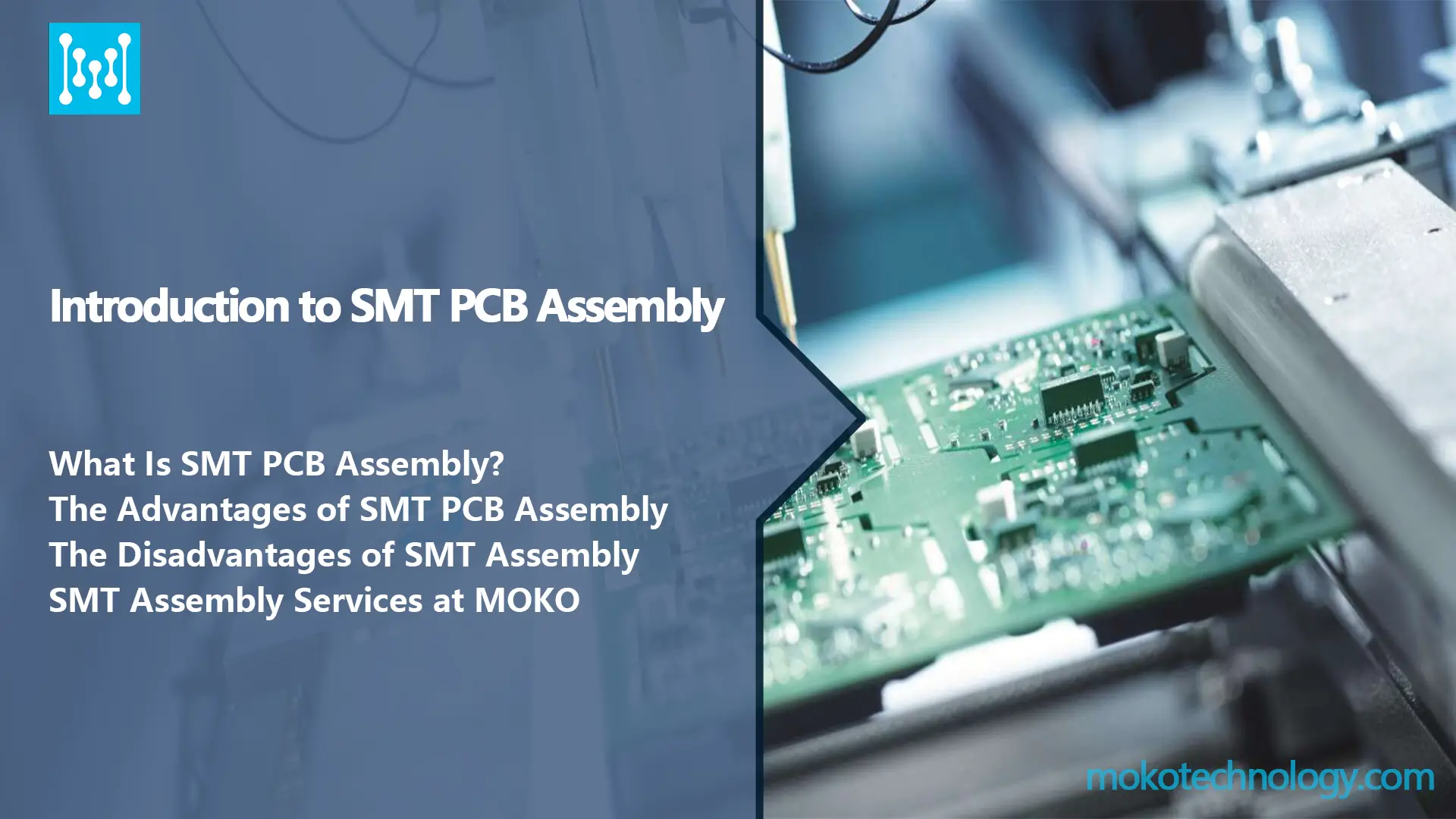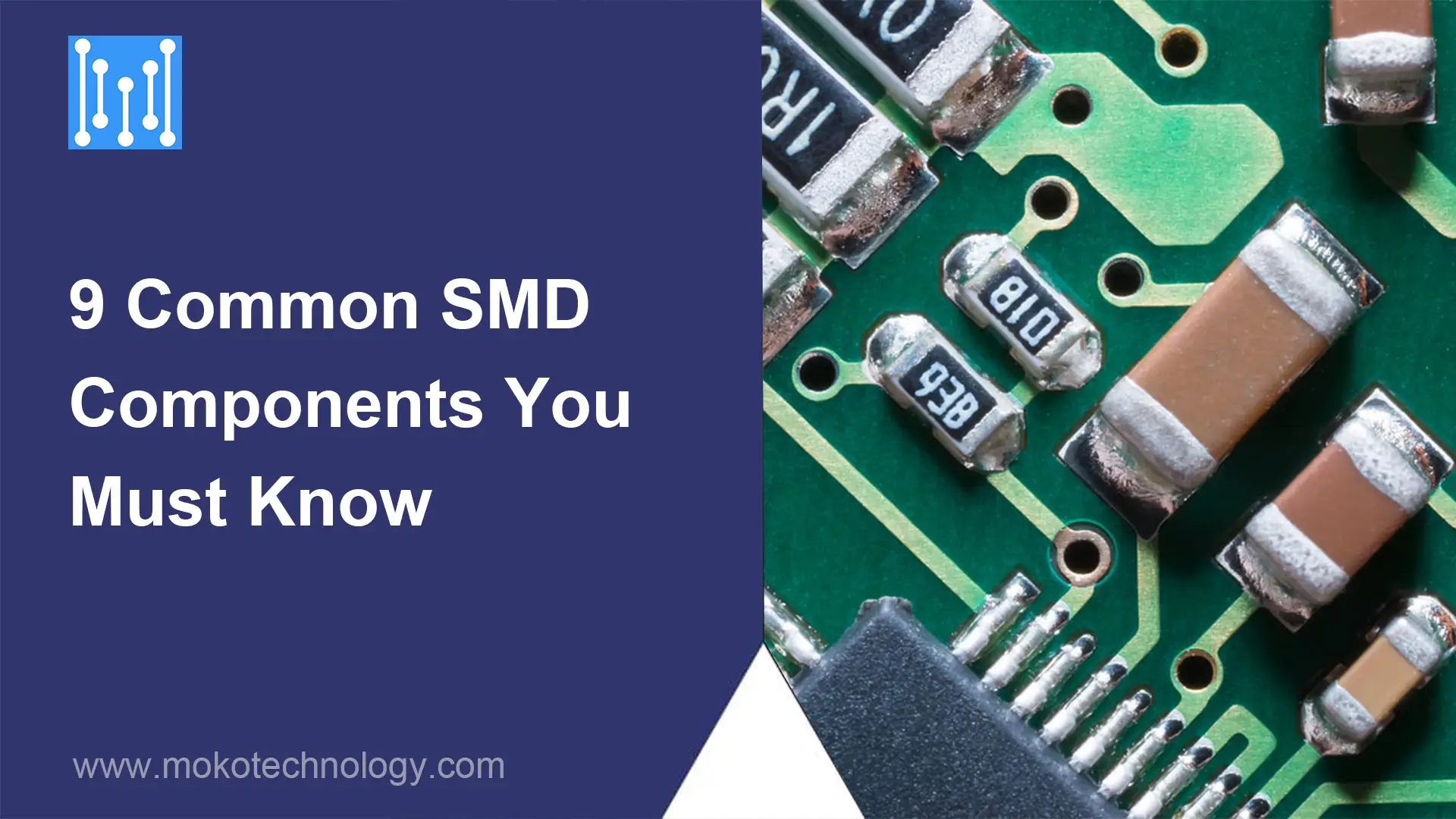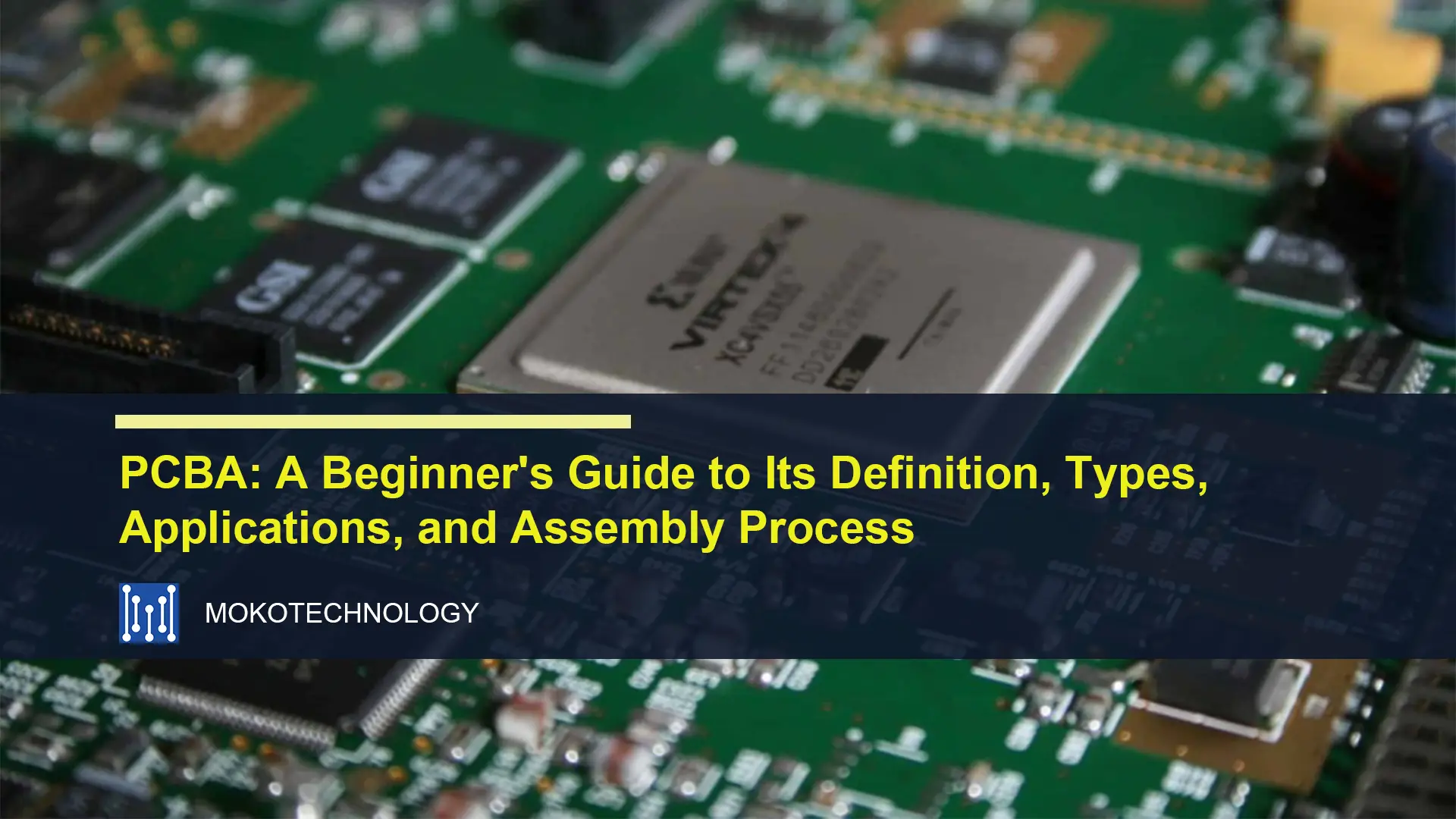Thick film resistors are screen-printed. The alumina substrate is metalized then a resistive paste is deposited on top of the terminals. It is later trimmed, coated, metalized on the edges, and plated.
Thin film (or metal film) resistors have said film vacuum deposited, allowing for a much more uniform and controlled resistive element. They then undergo similar finishing steps to trim, coat, and metalize the edges.
As a result, thick film resistors are generally cheaper than their thin film counterparts, but the tolerance and temperature coefficients one can get out of thin film resistors are generally better. Depending on the materials used, there is plenty of overlap between the two, but all things equal, thin film offer better performance for a cost premium.
Read More: PCB Assembly



